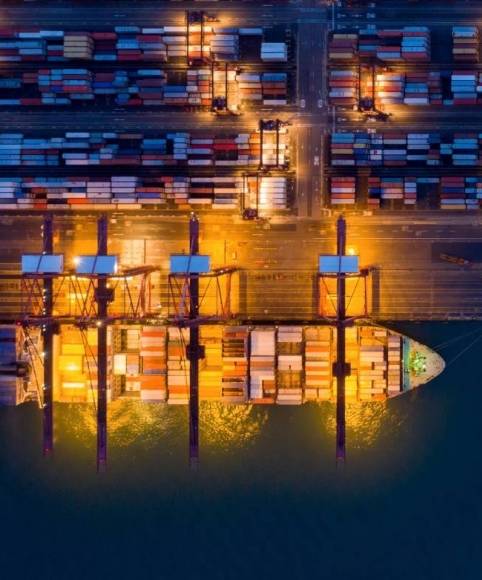Customs clearance documents for sea containers
By: Explect, January 9, 2023
.jpg)
Customs clearance of sea containers is the process of obtaining customs permission to clear cargo loaded in a full container at the port. This permission is essential for any container carrying imported cargo, whether it is empty or not. Without customs permission, the goods cannot leave the port, which highlights the importance of staying up-to-date with the required documents and their meanings.
Now, let's discuss the top five documents required for ocean freight.
1. Bill of Lading
The Bill of Lading (B/L) is a vital document in ocean freight shipping that serves as a contract of carriage between the shipping line and the cargo owner. It confirms the receipt of the cargo for shipment on board the vessel and must accurately reflect the importer and exporter information and the Incoterm under which the transaction is being carried out. The B/L also acts as proof of ownership of the goods being shipped and is necessary for the release of the cargo at the destination.
2. The Packing List
The packing list is another necessary document that lists all the details of the cargo being shipped, including the weight, volume, and value of the overall cargo and each individual box. It helps identify the box or item that raises an alarm during a customs inspection, making the process easier and reducing the risk of damage to the cargo. The information on the packing list and the Bill of Lading must match, as both documents are necessary for customs clearance in most countries.
3. Commercial Invoice
The commercial invoice is a legal document required for any international transaction involving the import/export of goods. It lists the details of all parties involved, including the importer, exporter, freight forwarder, banks, and shipping lines. Although the information on the commercial invoice must correspond with the packing list, the two documents serve different purposes. The commercial invoice lists the goods being sold and their sale price, while the packing list details the items in a shipment and acts as proof in the event of disputes and claims.
4. Certificate of Origin
The Certificate of Origin (COO) is another critical document required for customs clearance that certifies that the goods in a particular export shipment are wholly obtained, produced, manufactured, or processed in a particular country. It helps identify the number of duties and taxes that need to be paid and must be certified by a government authority such as the Chamber of Commerce or Consulate to be valid.
5. Letter of Credit
The Letter of Credit (LC) is a binding agreement of payment between the buyer and the seller. It is one of the safest payment methods in international trade, as it specifies the terms and conditions that both parties must agree upon before the seller prepares the cargo. The seller's bank verifies and pays him after the shipment has been prepared and sent according to the agreed-upon terms and conditions, and then requests reimbursement from the buyer's bank.

However, managing all these documents in print can be challenging and pose a risk of losing or forgetting them. Digitalizing the tracking of these documents can make the clearance process more efficient and sustainable. With Explect Online, you can stay on schedule with a real-time overview of all your to-do's. You can easily digitize all your transport documents, upload, and download them online, request and book online rates, and get insight into all your quotes and transport. This can save you an average of four hours on your transport.
If you would like to know more about Explect Online, you can find it here.
Are you leaving the website already?
Didn't find what you were looking for?
We are happy to help you, ask your question below
